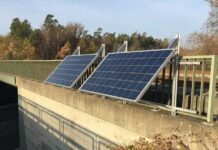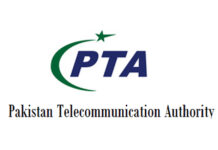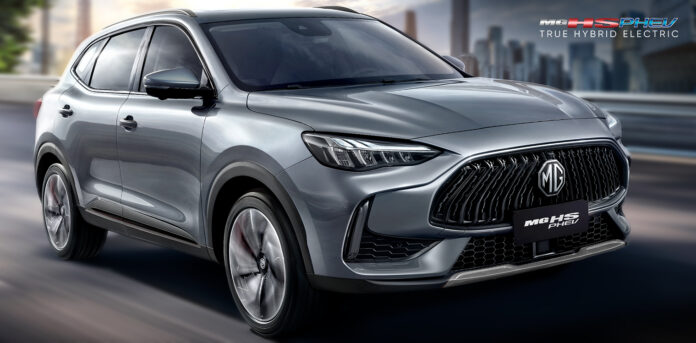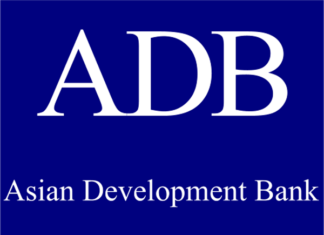Pakistani car buyers have bought more than 35,000 SUVs at a price above Rs 8.0 million in the last year, and to save the fuel cost, 50% customers preferred Hybrid Vehicles.
However, Pakistani car buyers are buying expensive HEV SUVs compared to conventional petrol versions. This was claimed by Syed Asif Ahmed, General Manager Marketing Division at MG, while talking to media on Wednesday.
According to Asif, MG has sold more than 16,000 vehicles in Pakistani market so far out of which approximately 2000 were Plug In Hybrid vehicles (PHEV) as Pakistani customers are realising the true economic benefit of PHEV as it’s a perfect urban mobility option for the urban consumers.
He says despite the changing trend of converting to PHEV from HEV Pakistani’s have only got one choice in the shape of MG HS PHEV, because there is no other option in its segment that even though offers better technology but is still placed in a lower price bracket than most hybrids in Pakistan.
Asif said the vehicles in Pakistan are still expensive. Globally, hybrid vehicles deliver financial value when their purchase price does not exceed more than 10% of the cost of an equivalent petrol vehicle. However, this benchmark is not practised in the Pakistani market. Here, according to him, the price gap between hybrids and their petrol counterparts is significantly wider averaging around 45%.
As an example, Asif says that a C SUV hybrid vehicle costs up to Rs 12 million, while similar C SUV conventional petrol cars cost Rs 8.0 million. In Pakistan, the difference of price between hybrid and conventional petrol cars is approximately 4.0 million in the C SUV category. And since hybrids generally offer a fuel economy advantage of 8–10 km per litre compared to petrol vehicles, which equates to a Rs 35/km operational cost saving, the payback timeline is lengthy. To recover the additional Rs 4.0 million, a consumer would need to drive the hybrid for approximately 115,000 km. Assuming an average annual mileage of 15,000 km, this payback period extends to over 7.5 years.
It is important to note that these examples, while eye opening, coming from the senior executive of a leading manufacturer, cannot be substantiated with actual prices of any on-road vehicles in Pakistan. In fact, there is no hybrid vehicle being officially sold in Pakistan that exceeds a 30% hike in price compared to its petrol counterpart.
Currently, there is only a handful of hybrid vehicles being assembled and/or being sold in Pakistan. These include Toyota Cross, Haval H6, Haval Jolion and the Hyundai Santa Fe. While the last one does not have a petrol counterpart to compare to, the first three can easily be tested to this metric revealed by Syed Asif Ahmed.
The Toyota Corolla Cross 1.8 HEV X retails at Rs9.449 million ex-factory, while its petrol 1.8 variant is Rs8.499 million—making the hybrid premium Rs950,000, or 11%. Similarly, the Haval Jolion’s hybrid variant is 16.9% more expensive than its petrol variant. The highest difference can be seen in the Haval H6, hybrid and basic variant where the price difference is close to Rs 2.6 million, almost 29%.
Given the figures shared by Asif, the first owner of the vehicle is unlikely to fully recoup the higher upfront investment during their typical ownership cycle. However, realistic calculations present a different picture altogether. And then there is an argument to be made that while comparing the price of two variants, features also need to be brought into the comparison.
Being hybrid alone doesn’t jack up a car’s price but traditionally, one upgrade is followed by another, making the overall package attractive enough to sway the consumer towards the higher price point. A person could be willing to pay the higher price for the hybrid variant because it may be offering additional features like adaptive cruise control or an additional airbag.
For example, the Haval Jolion hybrid variant, compared to its petrol variant not only offers superior engine performance in both its torque and horse power figures, but also has an objectively better suspension, as claimed by the company. Similarly, the Toyota Corolla Cross 1.8 HEV X comes with a sunroof, amenities like a power outlet for the rear passengers and other small features that make it distinct from it petrol variant the Toyota Corolla Cros 1.8 X. The HEV Premium trim also adds safety tech such as Blind Spot Monitor and Rear Cross Traffic Alert—features often lacking in petrol counterparts, suggesting price differences also finance technology upgrades.
Buyers are effectively paying extra for more features and the hybrid badge—not just fuel savings—and payback periods stretch into mid-ownership, undermining the value narrative. The real-world comparisons reveal that pricing strategies reflect product positioning and equipment levels, not just drivetrain upgrades.
Hybrid premiums in Pakistan are far smaller—closer to 10–15%—than the 45% often claimed. Buyers often pay extra for feature-rich trims bundled with hybrid variants, not purely for fuel-saving technology.























